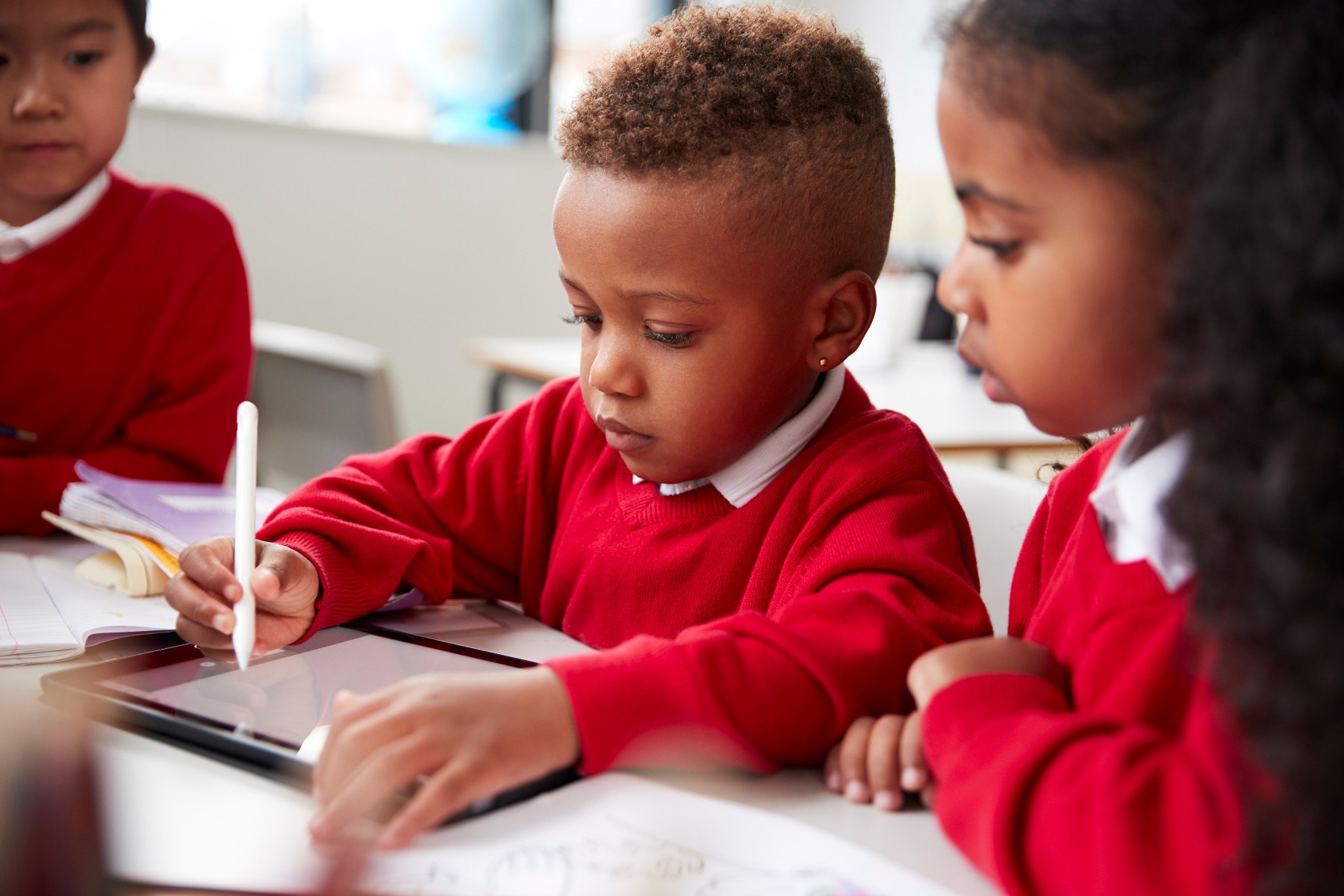Interactive Technology Tools to Use in the Classroom

Every year, schools are approached by EdTech companies who are looking to sell and increase the awareness of their interactive tools. Since there are hundreds of different tools flooding into the EdTech space every single day, how do you determine which tools are the best for your classroom?
One of the biggest questions that we get asked is, “what does the future of the classroom look like?” According to Google’s Global Report, Collaborative Classrooms and Computational Thinking are two of the eight emerging trends in K12 education - hence, the importance of transitioning to an interactive classroom. Google’s study states, classrooms with motivated teachers have more engaged classes and students. With the assistance of interactive or automation technology, teachers can spend less time grading and lesson planning, and more time helping students grow.
Source: Google, 2019
Although data is supporting the use of technology in schools, this doesn’t mean that every school district is going to spend the money to change and adapt to this pedology. There are always a few questions one should ask before proposing interactive technology tools to their school district. One of the most impactful ones being, “What is the desired outcome of this tool?” Understanding what teachers would like their students to accomplish with these tools is the first step. Understanding these questions can save you time and money.
Examples of Interactive Technology Tools
Clickers
These devices are small remotes that typically include buttons with letters or numbers. These devices can be used in classrooms to help quiz students, play games, practice skills, and more. Instead of waiting for shy or anxious students to raise their hands in class, everyone can participate in using their own clicker. According to a study, students enjoy using the clickers for their anonymity. When using clickers, students don’t have to raise their hands or share their answers with anyone else if they don’t want to. Clickers aren’t the be-all-end-all of EdTech devices, but it gives students a different way to interact, engage, and ultimately improve their learning outcomes.
Interactive TVs, Smart Boards, and Displays
Chromebooks / iPads
Virtual Reality
Virtual reality is an experience that is simulated using 3-D modeling that creates an experience similar to the real world. VR can be used for recreational or educational purposes. Now, students can visit the Amazon Rainforest, experience 3-D modelings of the human body, explore space, and so much more. VR engages students and shows them the possibilities outside of the world of pencils, paper, and books. At a relatively low cost of around $300 - $400 per unit, this interactive technology can give students the opportunity to experience sights and feelings they would otherwise miss out on using traditional learning methods.

It’s critical to remember that EdTech tools will never serve as the be-all-end-all in education. Technology is a tool that can be used as a way to personalize the learning experience, engage students, and boost retention. Teaching professionals are encouraged to challenge the pedagogy of the traditional classroom and incorporate various tools into their lesson plans to engage all students. If you’re interested in learning more about EdTech in classrooms, read our blog, 7 Reasons Why We Need Technology in Classrooms!
